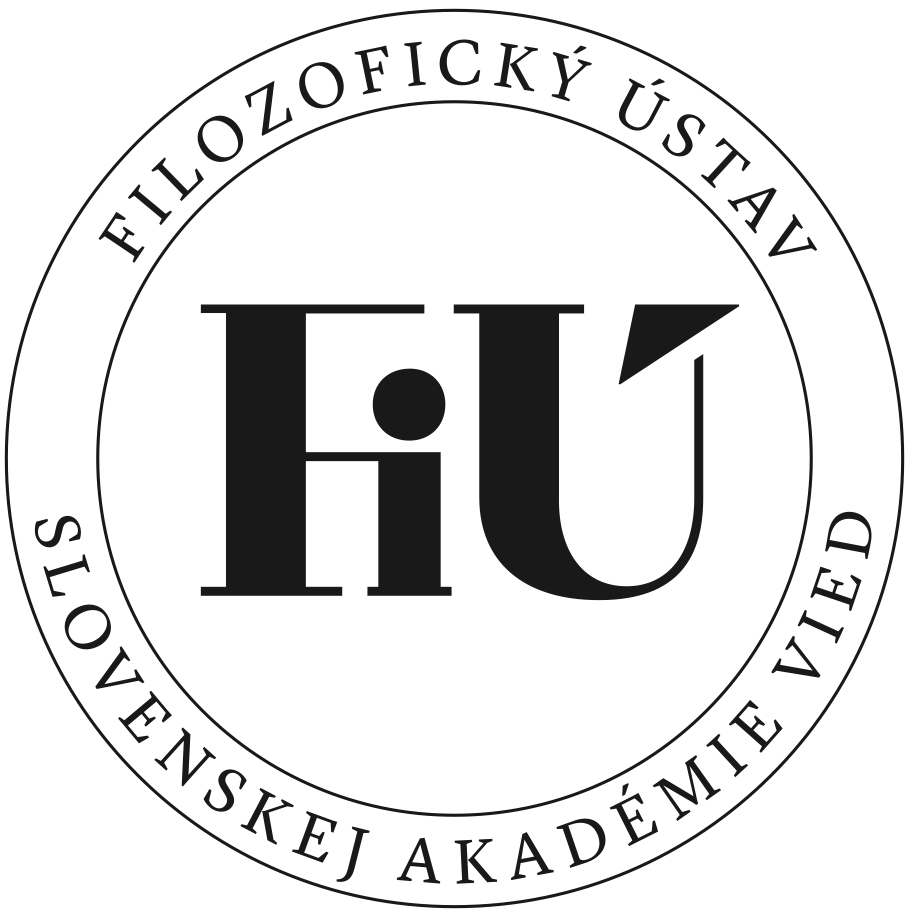Publication Details
Marian Váross on Artistic Function
Abstract
The nature of an artwork is one of the basic topics in aesthetics. In Slovak aesthetics authors such as M. Kusý, J. Volek and S. Štúr defined an artwork only through its relation to reality, i.e. as derived from reality. M. Váross tried to define it via category “artistic function.” From 1949 to 1970 he saw the aesthetic function as dominating the creative process in art. In the 1980s he described creative process in art as the highest stage of aesthetic activity. The aesthetic function was not dominating any more, but the artifact was enriched with artistic function. The reason for introducing artistic function was to make the artifact an ontologically independent reality. Similar solutions could be find within the axiological tradition of Slovak aesthetics (B. Brožík, T. Kuklinková, I. Hrušovský), brought to life by M. Váross. Still, M. Váross was the only one, who did not see an artwork as derived from reality, but rather as an autonomous reality. No matter how Europocentric his solution was, it was an original theoretical accomplishment of Slovak aesthetics of that time.
Artistic function, Artwork, Marian Váross, Reality
